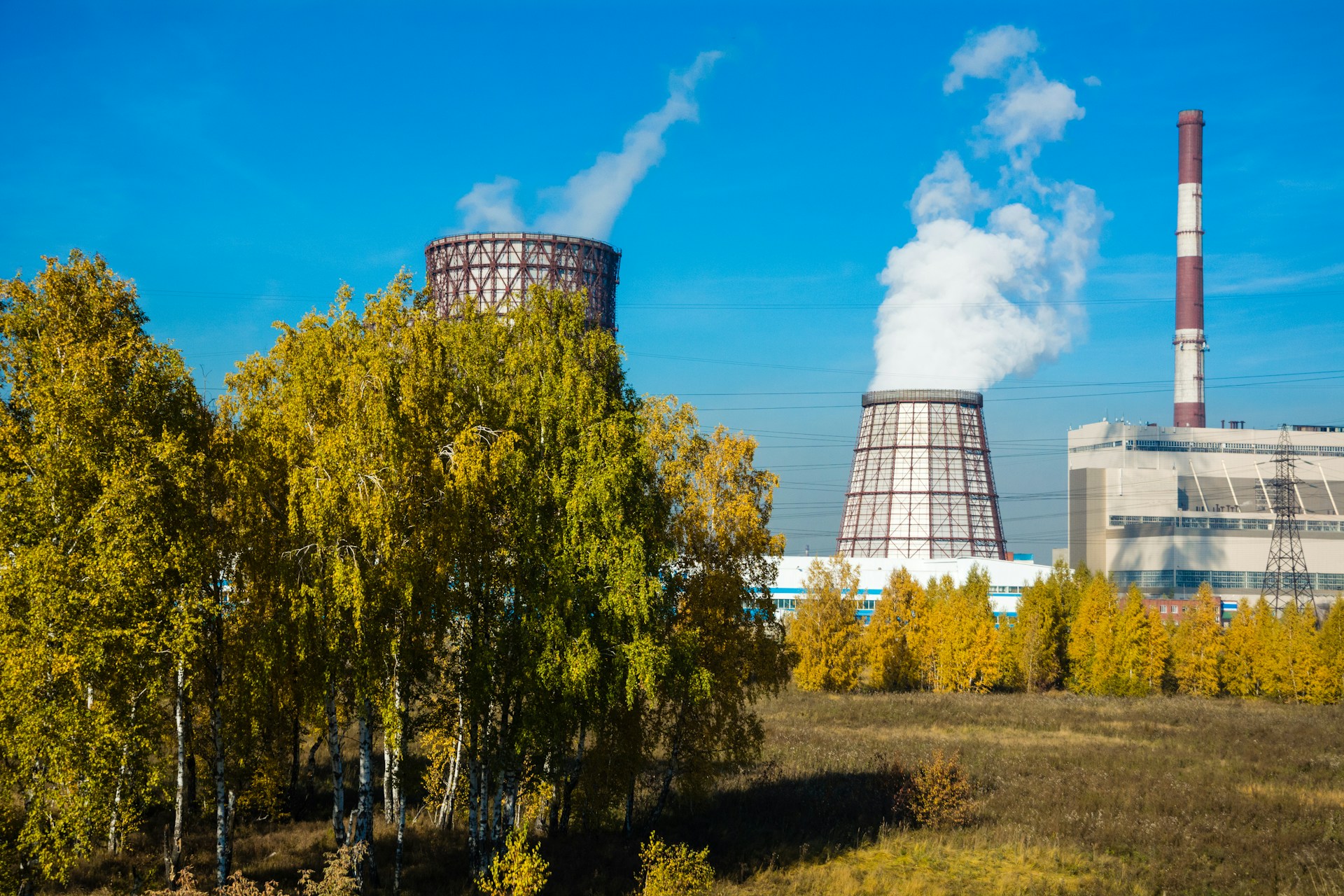



Revolutionized is reader-supported. When you buy through links on our site, we may earn an affiliate commision. Learn more here.
Understanding standard units of measure is key to informed decision-making and understanding scientific research. However, they’re not always as straightforward as one might think. The units for thermal energy, for example, can get complicated.
Different authorities will use differing units to describe thermal energy. It gets even more convoluted when considering power, which many people mistake for energy. Here’s a closer look to clear things up.
Scientists and businesses measure thermal energy in a few ways, depending on the context. Some of the most common of these units include joules, British thermal units (Btus), calories and ergs.
A joule (J) is the base unit of energy under the International System of Units (SI). It refers to the work exhibited by one newton over a length of one meter.
Joules are easier to understand in context than they are by definition alone. In practical terms, it takes 4,184 J to heat a kilogram of water by one degree Celsius. As that example highlights, a single joule does not represent much energy, so many publications will use kilojoules — equal to 1,000 J — as their main unit instead.
You may also notice that joules don’t specifically refer to thermal energy. That’s because there’s no need for such a distinction. Heat is itself a form of energy, so there doesn’t need to be a different unit for temperature-related questions and any other context.
Another of the most common units for thermal energy is the British thermal unit. While joules are the SI standard for energy measurements, Btus are the standard for the imperial system, so they’re more common in the U.S.
A Btu equals the amount of energy it takes to raise one pound of water by one degree Fahrenheit. As such, a single Btu is worth over 1,000 joules, but it’s still a relatively small unit. The U.S. consumed roughly 97.33 quadrillion Btus of energy in 2021 alone.
Organizations often use Btus to measure volumes of fuel based on how much energy they’d generate. Using them that way may offer a more practical look at how much petroleum or natural gas a company buys or a country imports.
Btus and joules may be the most common thermal energy units, but there are a few others you may encounter. Calories are a particularly widespread one. A calorie is the energy it takes to raise one gram of water one degree Celsius, making it worth just over 4 J.
An erg is a much smaller unit of thermal energy, equal to 10−7 joules. It’s not an SI or an imperial standard but part of the centimeter-gram-second system — a metric variant. Because of its tiny value, it sees most of its use in niche, micro-scale applications.
You may also see organizations represent thermal energy in therms. A therm is 100,000 Btus, making it more suitable for large-scale measurements.
At this point, it’s important to make a distinction between energy and power. While the terms are similar — and it’s generally acceptable to use them interchangeably in casual conversation — they carry different scientific meanings. In short, energy refers to the capacity to complete work, while power is the exertion of energy over time.
Consider the watt (W), the SI base unit of power. One watt equals one one joule per second. The energy — the joule — is the total amount of potential to accomplish something, and the power — the watt — is how quickly it uses that potential.
Light bulbs are a good practical example. A traditional incandescent bulb uses roughly 60 watts or 60 joules per second. You’ll notice the bulb has no energy value because it doesn’t store any of its own electricity but gets it from the grid. The important thing is how much electricity it uses over time, so companies label it according to its power.
Regardless of which thermal energy units you use, it’s important to understand what they represent. Similarly, knowing how different units relate to each other can help in some situations.
One of the more practical reasons to understand units for thermal energy is to interpret utility bills. Gas is the main heating source for 51% of new homes in the U.S. Consequently, many people’s energy statements provide measurements in Btus.
Utility companies could measure usage in terms of gallons of fuel used, but this wouldn’t accurately reflect actual power consumption. There are too many other factors, such as different furnace types burning more or less efficiently. Tracking the energy through Btus instead provides a more direct parallel.
Once consumers know what these units on their bill mean, they can better understand their energy consumption habits. Such context is important when comparing alternate providers or trying to reduce spending.
Thermal energy units are also key for sustainability goals. Many of the world’s emissions come from its fuel sources, so measuring the Btus or joules of a given process is crucial for measuring green initiatives.
Units of thermal energy lay important groundwork because emissions vary by fuel type. Some types of coal produce 228.6 pounds of CO2 per Btu, while propane emits 139 pounds per Btu. Without knowing what a British thermal unit is or what it represents, comparing these figures makes little sense.
Similarly, using an agreed-upon standard for measuring energy makes it easier to compare fossil fuels to renewable alternatives. Natural gas and solar-powered heating systems may use entirely different sources, but they both produce results measurable in Btus, giving customers an anchor to understand similarities and differences.
Finally, it’s important to know multiple units of energy because different regions prefer varying systems. An organization promoting renewable energy in Europe, for example, will likely use SI, while U.S. agencies use the imperial system. As a result, converting joules into Btus or vice versa may be necessary.
Once you recognize that these different figures measure the same concept, it’s easier to communicate across borders. Parties can convert their units to match another’s or provide readings in both to make materials accessible to a wider audience.
Thermal energy is a critical factor to measure, so it’s essential to learn about relevant units. While the preferred standard may vary between countries and organizations, having a set way to measure heat makes scientific research in any context.
Revolutionized is reader-supported. When you buy through links on our site, we may earn an affiliate commision. Learn more here.


This site uses Akismet to reduce spam. Learn how your comment data is processed.